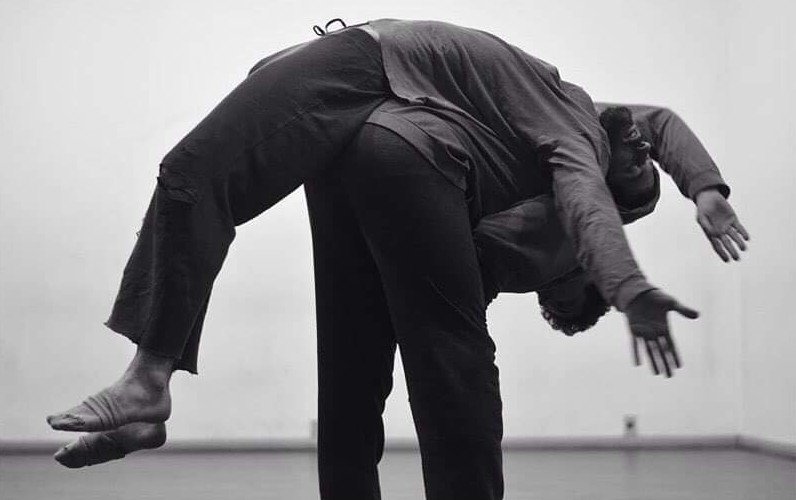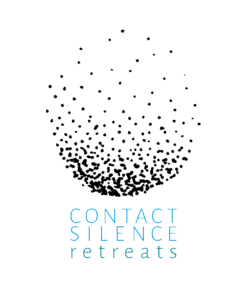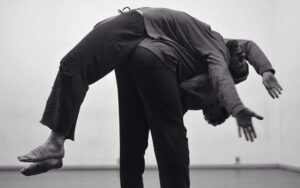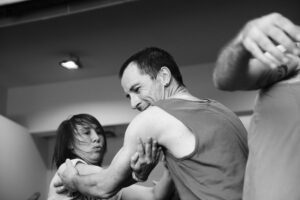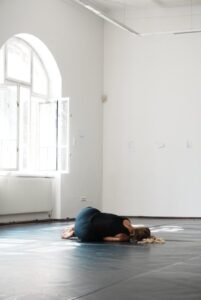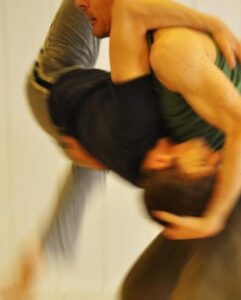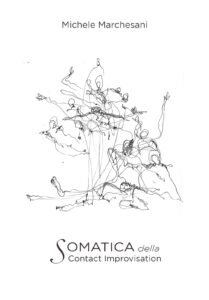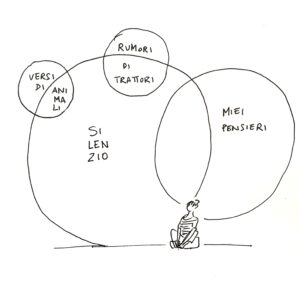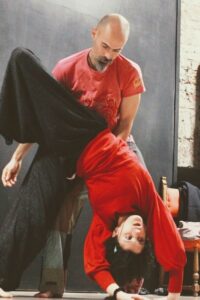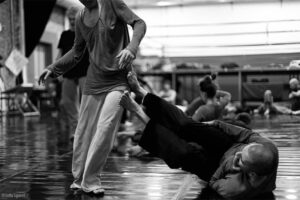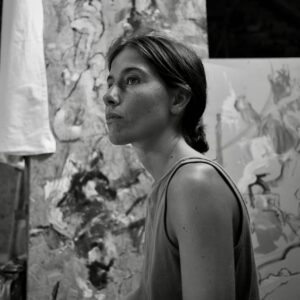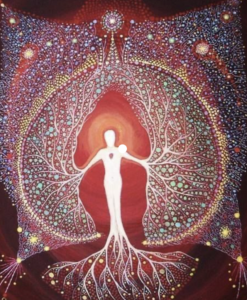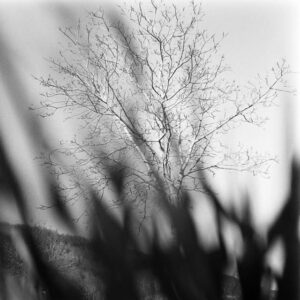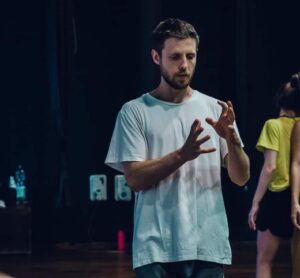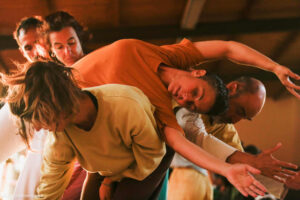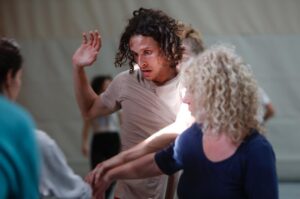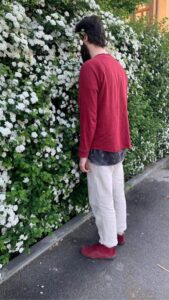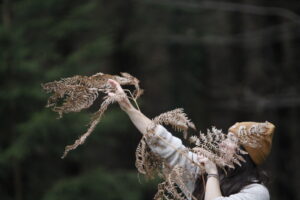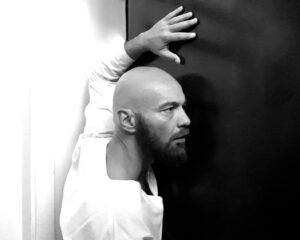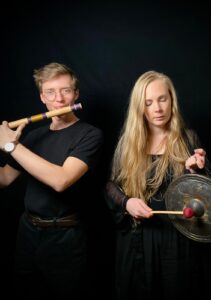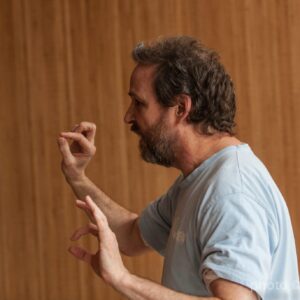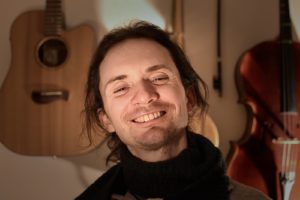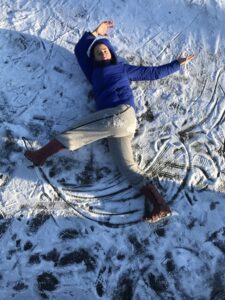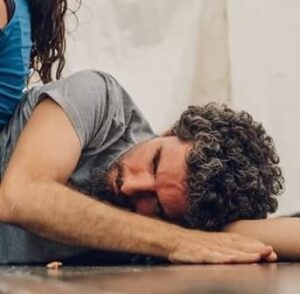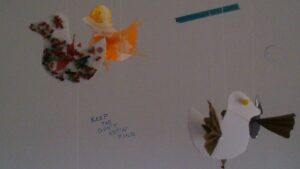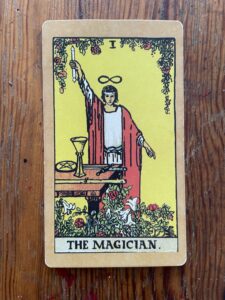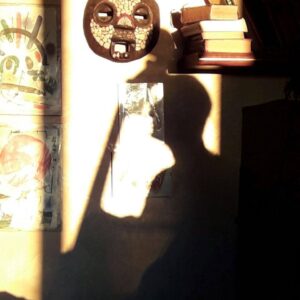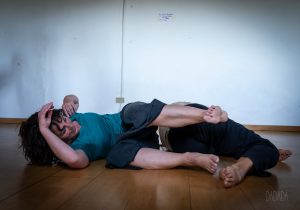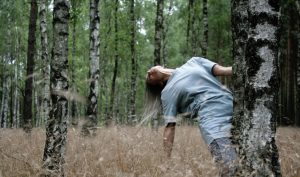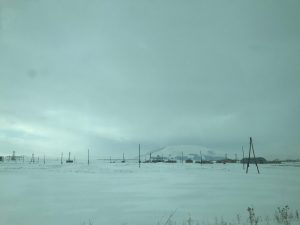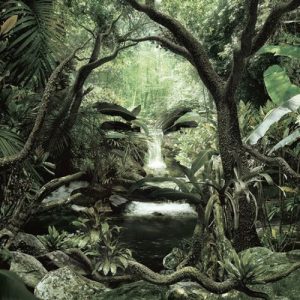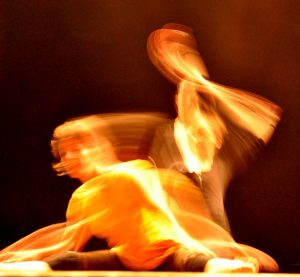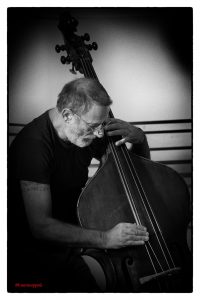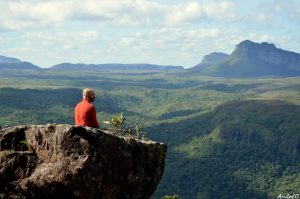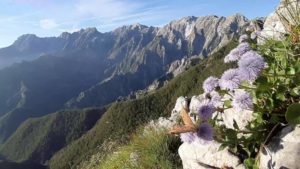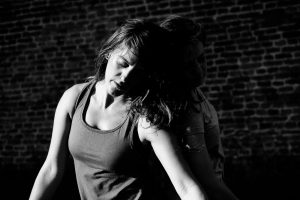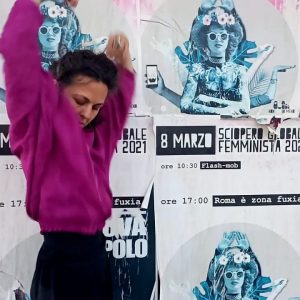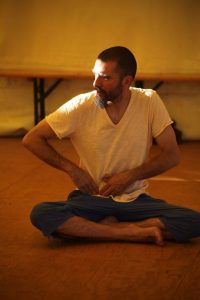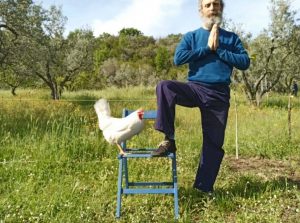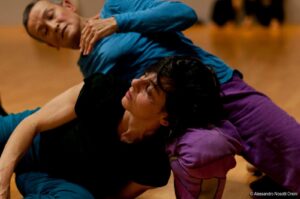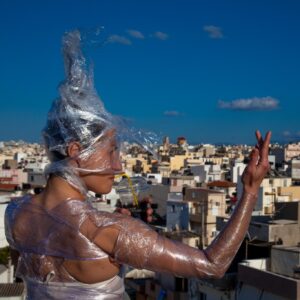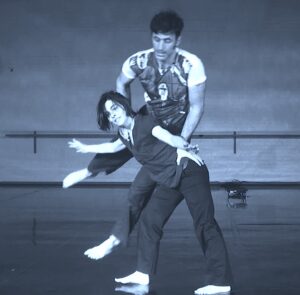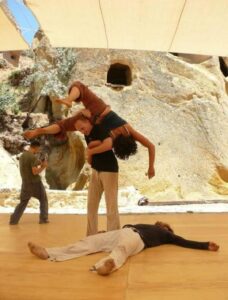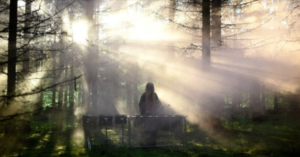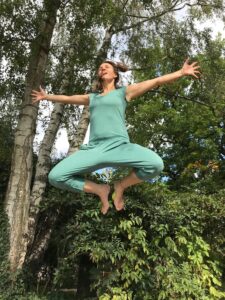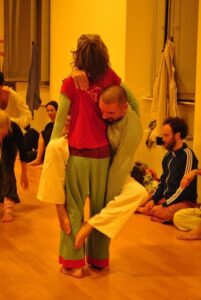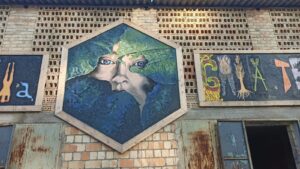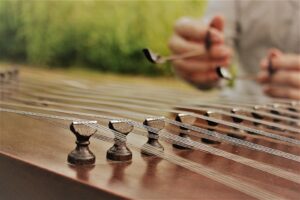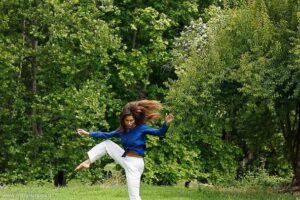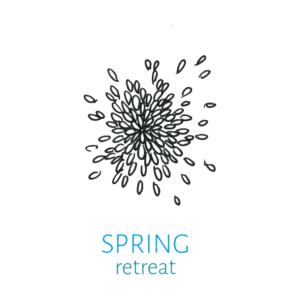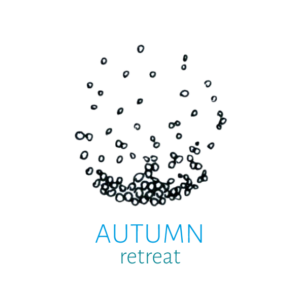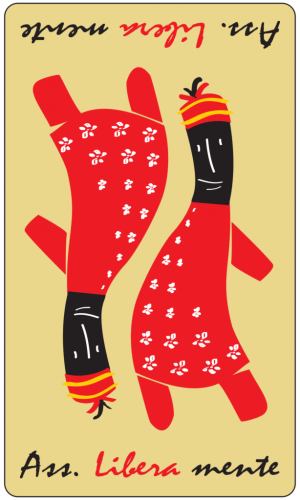I was challenged to write through the subject of silence. It is, to start with, a challenge made by itself. Paradox of words and no-words. But well, read carefully: silence can have nothing to do with absence of sounds. Is just that the sounds-words generally activate some specific parts of us. Sounds are present inside the empty veil that silence approves. What if? The bowl of clay is what makes the empty space possible within, and also, through itself; in other hand, empty space made clay. What it has to do with Contact Improvisation? Everything. Every Thing. When we join a practice that is alive, that have no copyrights, that keeps the bases of its research clear in relation with the physical life forces, it can mean that “C.I. is what happens when a dancer crosses the empty space”¹.In order to do it, we need to practice, because “it is everything possible, but not anything”².So, it is welcomed the practices that invites into silence.That means that we have the opportunity to step out, or underneath, or further, our social body, that is by itself under a mask, also acting from some kind of “social condicionated muscular patterns”³, and also step from our projection, step out from this part that see names before things, that see labels before getting in touch, categories, that suppose and pretend to know before being curious and joining life while it happens unfolding itself through us, that seeks for the desire of dancing with someone instead of opening into the unknown of a Jam, its mistery and magic, stepping out from this part that try to understand past and control future instead of see what happens at the improvisational field…[So, improvisation can bring tricky relation, that we can discuss later, because it is a huge subject, and I for sure prefer to dance it. It is huge because it proposes a way that should be not predicted and at the same time this same space can bring up old patterns, so what I let here, related to it, is that nothing can be repeated, only our way to see things, that can be emulated to bring us some sense of safety. But, as Heraclito said, not possible to enter same river twice… So, in a way, it can be the same doing like this: “if you notice that you know where you are going, go somewhere else”⁴, or like this: “if you notice that you are repeating, keep repeating until it changes by itself”⁵.The no-words practice can invite us to silence, and be silent not necessarily means to be quiet, but it is for sure a good start, shutting mouth up and opening senses to receive life unfolding.Silence, that “we don’t make, we can join, it is a frequency”⁶.I still think that birds keeps offering the service of teaching us how to listen. With our senses, we can be danced, with our systems we can be at embodiment, with others, we can meet the in-between space and present time where life give us the blessing of inner and outer world being together. Look at the eyes, you will see.Anyways, this here, this text, is nothing more than a lot of risks, marks, drawings, that make letters and letters together makes words, words create phrases, but you know, this is not the thing, and only matters, in a way, if it can be at the blood, flowing, inspiring, inviting dance to be our master: “The dance is the teacher, the teacher points to that”⁷.It is the same, words valued while pointing into silence, or coming from it, everything else, pure distraction. But anyways, about action, and discontraction, what a sad life without some nice jokes, I mean, words exist also to make us laugh. As I understand, to cross the empty space with a word, you should be brave. And the whole world of improvisation get nourished when we simply start to feed it more with embodied presence. Words, no-words, what is behind them?1. Anjelika Donyi2. Airton Tomazzonni3. Leonardo Jorgelewicz4. Nita Litle5. Martin Keogh6. Mario David Blanco7. Steve Paxton
Sono stato sfidato a scrivere a proposito l’argomento del silenzio. È, per cominciare, una sfida fatta da sé. Paradosso delle parole e delle non parole. Ma bene, leggi bene: il silenzio non può avere nulla a che fare con l’assenza di suoni. È solo che i suoni-parole generalmente attivano alcune parti specifiche di noi. I suoni sono presenti dentro il velo vuoto che il silenzio approva. Cosa succede se? La ciotola di creta è ciò che rende possibile lo spazio vuoto dentro, e anche, attraverso se stessa; d’altra parte, lo spazio vuoto fatto di argilla. Che cosa ha a che fare con la Contact Improvisation? Tutto quanto. Tutto quanto. Quando ci uniamo a una pratica che è viva, che non ha diritti d’autore, che mantiene chiare le basi della sua ricerca in relazione alle forze fisiche della vita, può significare che “C.I. è ciò che accade quando un ballerino attraversa lo spazio vuoto”¹.
Per farlo bisogna esercitarsi, perché “è tutto possibile, ma non niente”².
Quindi, sono benvenute le pratiche che invitano al silenzio.
Ciò significa che abbiamo l’opportunità di uscire, o sotto, o oltre, il nostro corpo sociale, cioè da solo sotto una maschera, agendo anche da una sorta di “schemi muscolari socialmente condizionati”³, e anche fare un passo dalla nostra proiezione, esci da questa parte che vede i nomi prima delle cose, che vedono etichette prima di entrare in contatto, categorie, che suppongono e pretendono di sapere prima di essere curiosi e unirsi alla vita mentre accade dispiegandosi attraverso di noi, che cerca il desiderio di ballare con qualcuno invece di aprire nell’ignoto di una Jam, il suo mistero e la sua magia, uscire da questa parte che cerca di capire il passato e controllare il futuro invece di vedere cosa succede nel campo dell’improvvisazione…
[Quindi, l’improvvisazione può portare a una relazione complicata, di cui parleremo in seguito, perché è un argomento enorme e di sicuro preferisco ballarlo. È enorme perché propone un modo che non dovrebbe essere previsto e allo stesso tempo questo stesso spazio può far emergere vecchi schemi, quindi quello che ho lasciato qui, in relazione ad esso, è che nulla può essere ripetuto, solo il nostro modo di vedere le cose , che può essere emulato per darci un senso di sicurezza. Ma, come diceva Eraclito, non è possibile entrare due volte nello stesso fiume… Quindi, in un certo senso, può essere lo stesso fare così: “se ti accorgi di sapere dove stai andando, vai da qualche altra parte”⁴, oppure in questo modo: “se noti che stai ripetendo, continua a ripetere finché non cambia da solo”⁵.
La pratica senza parole può invitarci al silenzio, e tacere non significa necessariamente tacere, ma è sicuramente un buon inizio, chiudere la bocca e aprire i sensi per ricevere lo svolgersi della vita.
Silenzio, che “non si fa, si può unire, è una frequenza”⁶.
Penso ancora che gli uccelli continuino a offrire il servizio di insegnarci ad ascoltare. Con i nostri sensi possiamo essere danzati, con i nostri sistemi possiamo essere incarnati, con gli altri possiamo incontrare lo spazio intermedio e il tempo presente in cui la vita ci dà la benedizione del mondo interiore ed esteriore che stanno insieme. Guarda gli occhi, vedrai.
Comunque, questo qui, questo testo, non è altro che un sacco di rischi, segni, disegni, che fanno lettere e lettere insieme fa parole, parole creano frasi, ma sai, questo non è il problema, e conta solo, in un modo, se può essere alla danza del sangue, fluente, ispiratrice, invitante ad essere la nostra maestra: “La danza è la maestra, la maestra indica quella”⁷.
È lo stesso, parole apprezzate mentre indicano il silenzio, o provengono da esso, tutto il resto, pura distrazione. Ma comunque, riguardo all’azione, e alla distrazione, che vita triste senza delle belle battute, voglio dire, le parole esistono anche per farci ridere. Da quanto ho capito, per attraversare lo spazio vuoto con una parola, dovresti essere coraggioso. E l’intero mondo dell’improvvisazione si nutre quando semplicemente iniziamo ad alimentarlo di più con la presenza incarnata. Parole, non parole, cosa c’è dietro?
🙏
1. Anjelika Donyi
2. Airton Tomazzonni
3. Leonardo Jorgelewicz
4. Nita Piccola
5. Martin Keogh
6. Mario David Blanco
7. Steve Paxton
